Introduction and Package
Introduction of the ASUS GTX 780 ROG Poseidon Platinum 3GB OC
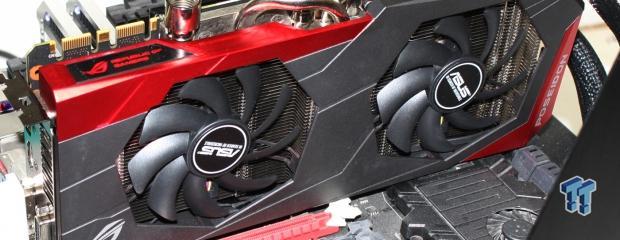
NVIDIA video cards have been quiet over recent months as AMD partners continue to push out variations of the company's R series of video cards, and AMD themselves took the top spot with the release of the new R9 295X2 8GB dual-GPU beast that seems to have no problems taking on our current crop of games at almost any resolution.
Today, though, we've not only got the chance to check out a new high-end model from ASUS, but we also get the chance to check out a high-end NVIDIA card, which is something we haven't really done in a while now. The ASUS GTX 780 ROG Poseidon Platinum 3GB OC sounds mean. But the question is, does the cards performance match a name like this?
ASUS has always done a good job of impressing us when it comes to almost anything. We've seen some fantastic motherboards and video cards from the company, and we hope today isn't any different. As always, there's a few things we need to do before we find out just how the card does in terms of performance.
So, let's leave it at that and move on to the package to see just what ASUS is offering us here today with the GTX 780 ROG Poseidon Platinum 3GB OC.
Package - What comes inside the box


Taking a look at the front of the box, you can see it's very plain looking. You can see the model and the series name along with the normal array of logos. You can also see mention of Air or Liquid cooling being an option. If we open up the flap, you can see some details in regards to some of the main features that are being offered. On the left side, you can see the focus in regards to the DirectCU H2OHybrid Cooling system that ASUS has implemented.
We'll take a closer look at this in a moment, but what it gives you is the ability to implement the card into your water cooling loop if you have one. On the right hand side, you can see mention of the DIGI+ VRM with Black Metallic Capacitors, and below that, you can see the ROG LED light that is included on the cooler.

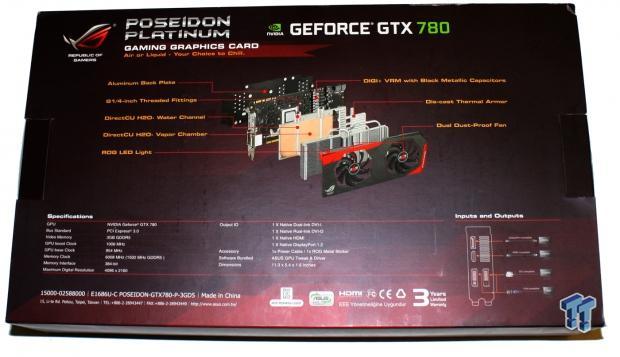
Moving to the bottom part of the box, you can see our first look at the card. While we don't get a look at the whole thing, we do get a bit of an idea what's going on regards to the cooler and the shroud. We'll take a closer look in just a moment. Finishing up our look with the box, you can see the back gives us a large break down on the cooler and how exactly it works.
We can see how the H2O+ part of the cooler works, which includes the Water Channel and Vapor Chamber. We can also see the other parts of the cooler, which include the massive heat plate and fan setup. Across the bottom, you can also see the main specifications and information in regards to the I/O connectors.

When it comes to the package, it's surprisingly small. You can see above that there's not a whole lot going on with the Speed Setup Guide and Driver CD and a Dual 6-Pin PCIe to Single 8-Pin PCIe and Republic Of Gamers case badge to round things off.
Video Card Details and Specifications
Close up with the ASUS GTX 780 ROG Poseidon Platinum 3GB OC
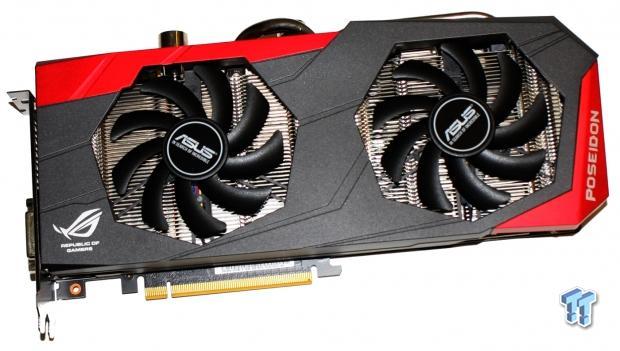
Taking a look at the cooler, you can see the typical Black and Red color scheme that is normally present with Republic Of Gamer products. As always, the color scheme looks great. Two large fans are sitting atop a massive heat sink that covers the card entirely. If you look at the last page, you can see that ASUS offers us a great break down of what exactly is going on with the cooler.

One of the big features of the card, though, is the support for the card to be placed into your water cooling loop. Across the top of the card, we've got two G1/4-inch threaded fittings that can be used in conjunction with a number of different barbs, which aren't included. With the correct barbs, though, you can then add piping to the card and easily have the GTX 780 ROG Poseidon Platinum 3GB OC in your water cooling loop.


As we take a spin around the rest of the card, there's nothing too unusual going on with the whole design. At the back of the card, you can see that power comes in the form of two power connectors; one is an 8-Pin PCIe connector, and the other is a 6-Pin PCIe connector.
Staying across the top and moving past the two threaded fittings, you can see our standard SLI connectors that give us the ability to run up to four cards in Quad SLI. One of the cool things is the fact that you're able to make use of water cooling and continue to have no issue with SLI.

Finishing off our look at the card, you can see the I/O side of things offers us two DVI ports; one is a DVI-D, while the other is a DVI-I. Alongside that, we've also got the standard HDMI and DisplayPort connectors to round things off. All in all, it's a very standard setup when it comes to the I/O department.
Specifications
As the OC in the title suggests, the ASUS GTX 780 ROG Poseidon Platinum 3GB OC is an overclocked card. Looking below, you can see the main specifications of the card. As for the core, you can see that it comes in at 954MHz. It's then boosted even higher via NVIDIA's boost technology to an impressive 1006MHz, which is a big jump from the reference clocks that see the GTX 780 come in at 863MHz and the boost clock come in at 900MHz.
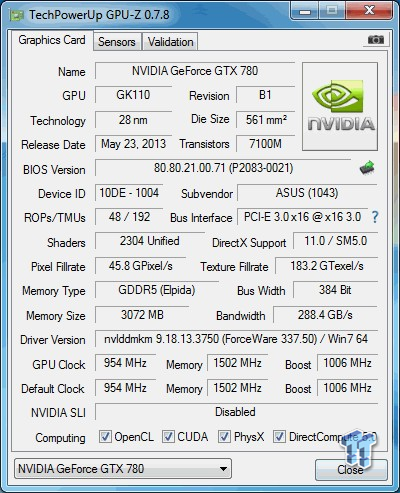
As for the 3GB of GDDR5, like so many companies often do, ASUS has chosen to leave that alone. Looking above, you can see that comes in at the standard 1502MHz clock, or 6008MHz QDR.
The core clock is impressive, though, and should bring with it some strong performance. So, with all that said and done, I think it's time we check out our test system before finding out just what kind of performance the ASUS GTX 780 ROG Poseidon Platinum 3GB OC can give us.
Test System Setup & FPS Numbers Explained
Test System Setup

We would like to thank the following companies for supplying and supporting us with our test system hardware and equipment: Intel, ASUS and Corsair.
We've got a number of high-end setups in our graphs here today that are sitting alongside the ASUS GTX 780 ROG Poseidon Platinum 3GB OC. On the NVIDIA side of things, we've got the EVGA GTX TITAN 6GB SuperClocked and reference NVIDIA GTX 780 Ti 3GB.
As for the AMD side of things, we've got the reference R9 290X 4GB and Sapphire R9 290X TRI-X 4GB OC running at 1160MHz on the core and 6000MHz QDR on the memory.
The FPS Numbers Explained
When we benchmark our video cards and look at the graphs, we aim to get to a certain level of FPS which we consider playable. While many may argue that the human eye can't see over 24 FPS or 30 FPS, any true gamer will tell you that as we climb higher in Frames Per Seconds (FPS), the overall gameplay feels smoother. There are three numbers we're looking out for when it comes to our benchmarks.
30 FPS - It's the minimum number we aim for when it comes to games. If you're not dropping below 30 FPS during games, you're going to have a nice and smooth gaming experience. The ideal situation is that even in a heavy fire fight, the minimum stays above 30 FPS making sure that you can continue to aim easily or turn the corner with no dramas.
60 FPS - It's the average we look for when we don't have a minimum coming at us. If we're getting an average of 60 FPS, we should have a minimum of 30 FPS or better and as mentioned above, it means we've got some smooth game play happening.
120 FPS - The new number that we've been hunting down over recent months. If you're the owner of a 120 Hz monitor, to get the most out of it you want to get around the 120 FPS mark. Moving from 60 FPS / 60 Hz to 120 FPS / 120 Hz brings with it a certain fluidity that can't really be explained, but instead has to be experienced. Of course, if you're buying a 120 Hz monitor to take advantage of 3D, an average of 120 FPS in our benchmark means that in 3D you will have an average of 60 FPS, which again means you should expect some smooth gameplay.
Why are some graphs incomplete?
Adding new game benchmarks is a long, tedious and time consuming task as every video card has to be re-tested in those new benchmarks. Because of that reason we have always just evaluated our benchmark line up every six months. To stay up to date and current with the latest benchmarks and games available, we've changed our approach to adding new benchmarks.
Our benchmark line up will progress and be updated as newer more intensive games with benchmarks comes to light. While this will mean that initially you may only see a single video card in those particular graphs, as the weeks go on and we test more and more video cards, the results will grow quickly. This will help keep our benchmark line up as up to date as possible as we introduce and remove games on a constant basis.
Benchmarks - 3DMark
3DMark 11
Version and / or Patch Used: 1.1
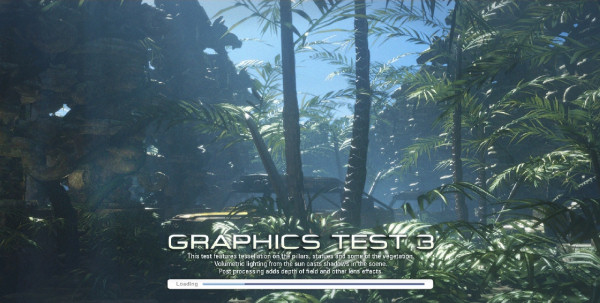
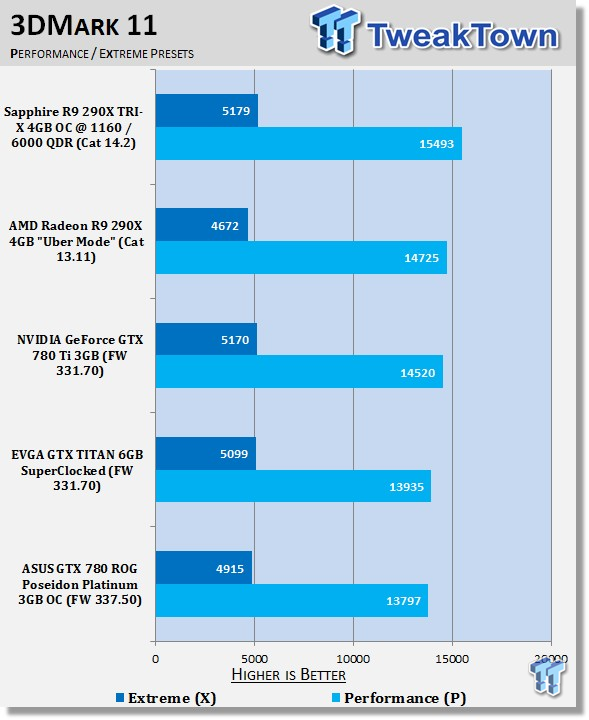
3DMark 11 starts out strong, and you can see that the overclock ASUS is offering us helps the model line up with GTX TITAN 6GB SuperClocked.
3DMark Fire Strike
Version and / or Patch Used: 1
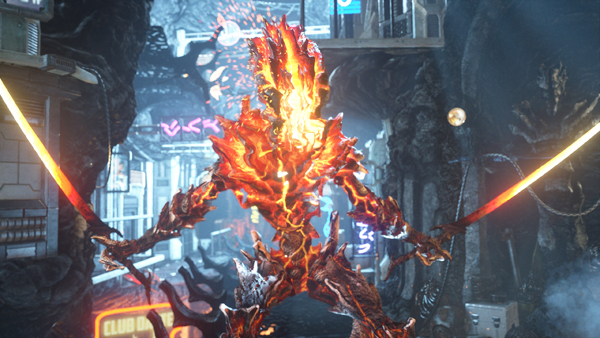

Fire Strike performance looks strong, and you can see, thanks to the aggressive overclock ASUS has put on the GTX 780 ROG Poseidon Platinum 3GB OC, that it doesn't sit that far behind the higher-end GTX 780 Ti 3GB in this instance.
Benchmarks - Unigine Heaven & Phantasy Star Online 2
Unigine Heaven Benchmark
Version and / or Patch Used: 3
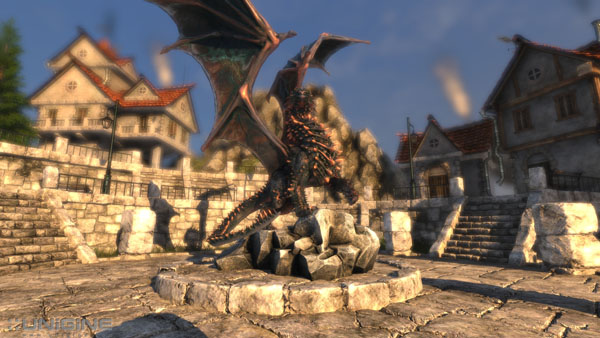
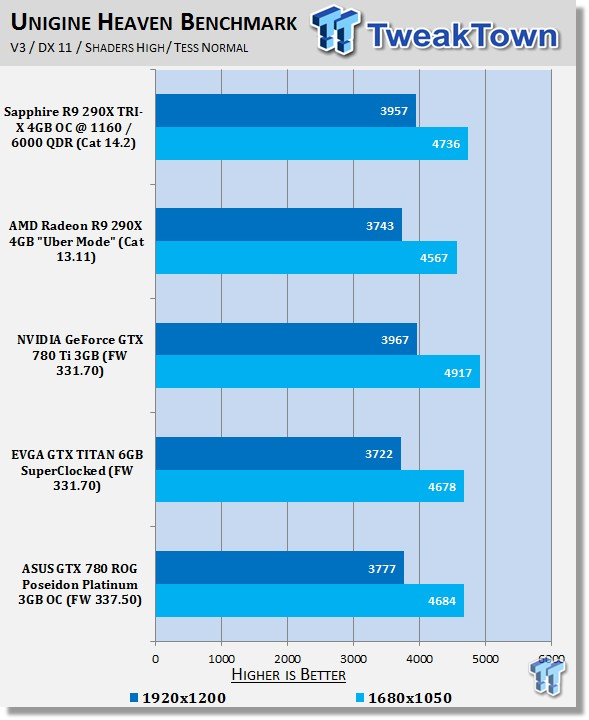
Heaven performance is really good, and you can see that, thanks to the overclock ASUS is offering on the GTX 780 ROG Poseidon Platinum 3GB OC, it's able to outperform the EVGA GTX TITAN 6GB SuperClocked at both resolutions.
Phantasy Star Online 2
Version and / or Patch Used: Standalone Benchmark


PSO 2 performance is also really strong, and we can again see that the overclock ASUS is offering helps put the GTX 780 ROG Poseidon Platinum 3GB OC ahead of the GTX TITAN 6GB SuperClocked from EVGA.
Benchmarks - Lost Planet 2 & Just Cause 2
Lost Planet 2
Version and / or Patch Used: Standalone Benchmark


Lost Planet 2 is another game that is really making use of the overclock. Thanks to the strong out-of-the-box clock that ASUS is offering, we again see that the GTX 780 ROG Poseidon Platinum 3GB OC is able to outperform the GTX TITAN 6GB SuperClocked. You can see we're not actually that far from the GTX 780 Ti 3GB here either.
Just Cause 2
Version and / or Patch Used: Latest Steam Update


Just Cause 2 is looking great across the board, and you can see here we again see the ASUS GTX 780 ROG Poseidon Platinum 3GB OC come out ahead of the GTX TITAN 6GB SuperClocked thanks to the strong overclock ASUS is offering.
Benchmarks - F1 2012 & Metro Last Light
F1 2012
Version and / or Patch Used: Latest Steam Update
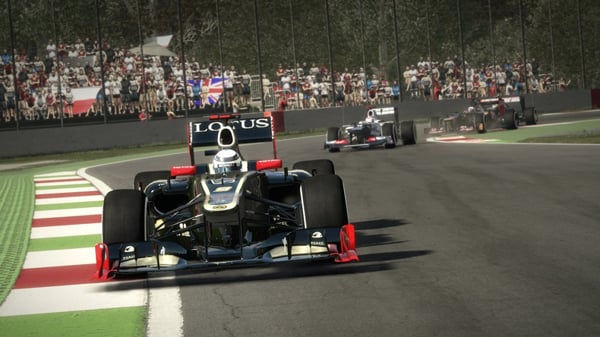

F1 2012 performance numbers are strong across the board. You can see that the ASUS GTX 780 ROG Poseidon Platinum 3GB OC manages to actually come out ahead of all our other setups here, with the only exception being the 2560 x 1600 number against the GTX 780 Ti 3GB.
Metro Last Light
Version and / or Patch Used: Latest Steam Update


Metro Light Last sees the ASUS GTX 780 ROG Poseidon Platinum 3GB OC put out some strong numbers at both 1920 x 1200 and 1680 x 1050. Only at 2560 x 1600 do we see the card fall behind that 60 FPS average we want. As for how it compares, you can see that the numbers are very close to the GTX 780 Ti 3GB across the board.
Benchmarks - Dirt Showdown & Nexuiz
Dirt Showdown
Version and / or Patch Used: Latest Steam Update


Dirt Showdown looks great across the board, and you can see playable numbers at all resolutions from the ASUS GTX 780 ROG Poseidon Platinum 3GB OC. We also see, like so many other times, the ASUS offering managing to outperform the GTX TITAN 6GB SuperClocked thanks to the excellent overclock ASUS has given.
Nexuiz
Version and / or Patch Used: Latest Steam Update


Nexuiz sees the ASUS GTX 780 ROG Poseidon Platinum 3GB OC come out slightly ahead of the other NVIDIA offerings, which is fantastic. You can see we're unfortunately just behind that 60 FPS number we want at 1920 x 1200. Looking above, you can see that 1680 x 1050 isn't an issue, though.
Benchmarks - Sniper Elite V2 & Sleeping Dogs
Sniper Elite V2
Version and / or Patch Used: Standalone Benchmark
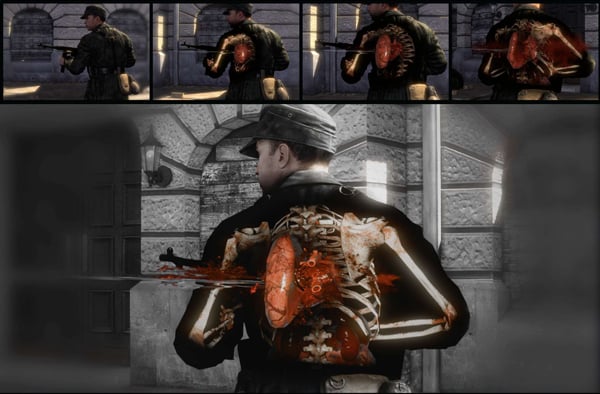

Sniper Elite sees the ASUS GTX 780 ROG Poseidon Platinum 3GB OC offer playable numbers at all resolutions. We again see that the card also manages to outperform the GTX TITAN 6GB SuperClocked.
Sleeping Dogs
Version and / or Patch Used: Latest Steam Update


Sleeping Dogs performance is fantastic, and you can see that the ASUS GTX 780 ROG Poseidon Platinum 3GB OC offers not just playable FPS at all resolutions, but also comes out ahead of our other setups here.
Benchmarks - Hitman Absolution & Tomb Raider
Hitman Absolution
Version and / or Patch Used: Latest Steam Update
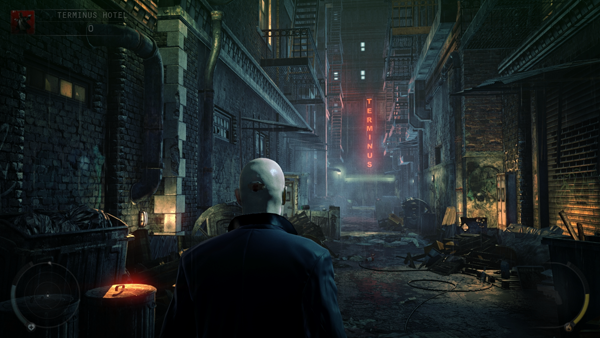

Hitman Absolution performance is fantastic. You can see the latest driver from NVIDIA helps remove the early FPS wall that's been present for so long. While still here, you can see it's much later and also later than the AMD offerings.
Tomb Raider
Version and / or Patch Used: Latest Steam Update


Tomb Raider looks good across the board, and you can see our ASUS GTX 780 ROG Poseidon Platinum 3GB OC manages to be ahead of the GTX TITAN 6GB SuperClocked.
As for playable numbers, we've got some great results at 1920 x 1200 and 1680 x 1050. While the 2560 x 1600 minimum is strong, the 52 FPS average is a little low for our liking.
Benchmarks - BioShock Infinite & Battlefield 4
BioShock Infinite
Version and / or Patch Used: Latest Steam Update

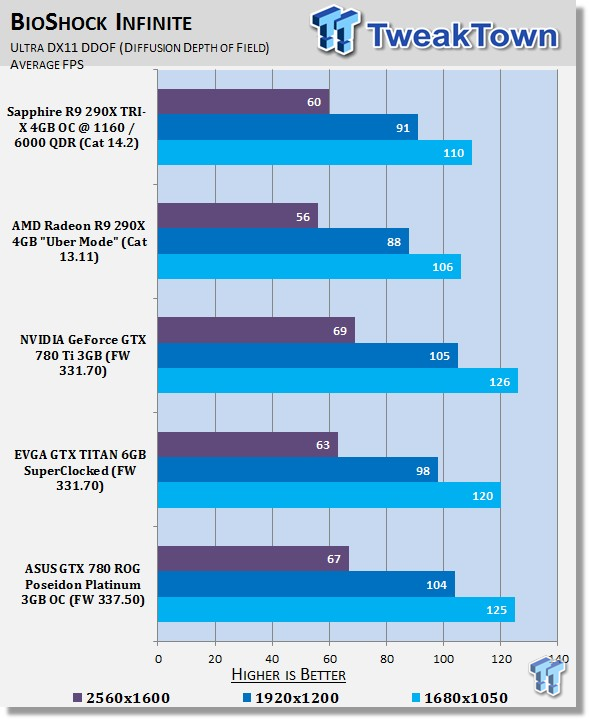
BioShock Infinite looks awesome across the board, and you can see that the overclock from the ASUS GTX 780 ROG Poseidon Platinum 3GB OC manages to help us outperform the GTX TITAN 6GB SuperClocked again. More importantly, though, we see the extra breathing room that we achieve at 2560 x 1600 with the 67 FPS average.
Battlefield 4
Version and / or Patch Used: Latest Origin Update


Battlefield 4 looks great across the board, and you can see playable numbers at all resolutions. For the most part, you can see we're ahead of all our other setups here, which is impressive.
Benchmarks - High Quality AA and AF
High Quality AA and AF Testing
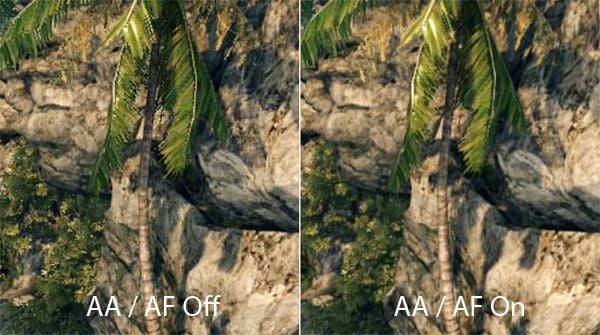
While we test all our games with maximum in-game settings, turning on Anti-Aliasing (AA) and Antistrophic Filtering (AF) helps take the intensity of our testing to another level.
Here we see video cards go from playable FPS to unplayable FPS and the real power houses continue to help break that 60 FPS mark we always aim for to provide a smooth gaming experience.

Turning on AA and AF, we see the ASUS GTX 780 ROG Poseidon Platinum 3GB OC crumble under pressure like all of our other setups here, with the exception of the 6GB-wielding GTX TITAN SuperClocked, which sees a massive 92 FPS average at 1920 x 1200.
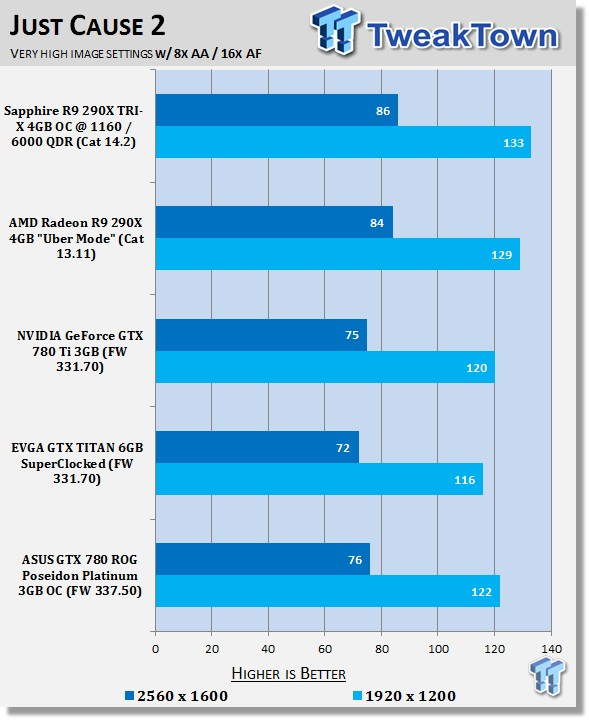
Just Cause 2 performance with AA and AF on is really strong, and you can see that the ASUS GTX 780 ROG Poseidon Platinum 3GB OC manages to outperform both of our other NVIDIA cards here at both resolutions with playable numbers.

Here we can see that the ASUS GTX 780 ROG Poseidon Platinum 3GB OC manages to just squeeze in a playable average of 61 FPS at 1920 x 1200 with AA and AF on. 2560 x 1600, though, isn't an option as the FPS plummet.
Temperature & Sound Testing
Temperature Test

The temperature of the core is pulled from MSI Afterburner with the max reading used after a completed run of 3DMark Vantage at the Performance preset.

When it comes to heat, you can see the ASUS GTX 780 ROG Poseidon Platinum 3GB OC sits pretty much in the middle of the pack. Of course, we're only using the air part of the cooler and not the water cooling ability. Considering the performance of the card, though, these numbers are very impressive.
Sound Test

Pulling out the TES 1350A Sound Level Meter, we find ourselves quickly yelling into the top of it to see how loud we can be.
After five minutes of that, we get a bit more serious and place the device two CM away from the fan on the card to find the maximum noise level of the card when idle (2D mode) and in load (3D mode).

Noise levels are fantastic. Looking above, you can see we're sitting in the bottom half of the pack. Idle numbers are exceptionally strong with it sitting considerably lower than many other offerings.
Power Consumption Testing

Using our PROVA Power Analyzer WM-01--or "Power Thingy" as it has quickly become known as to our readers--we are now able to find out what kind of power is being used by our test system and the associated video cards installed. Keep in mind that it tests the complete system (minus LCD monitor, which is plugged directly into AC wall socket).
There are a few important notes to remember, though. While our maximum power is taken in 3DMark06 at the same exact point, we have seen in particular tests the power being drawn as much as 10 percent more. We test at the exact same stage every time, so tests should be very consistent and accurate.
The other thing to remember is that our test system is bare minimum--only an SSD hard drive is used with a single CD ROM and minimal cooling fans.
So while the system might draw 400 watts in our test system, placing it into your own PC with a number of other items will result in a higher draw.

Power draw sits in the top half of the pack with almost 500 watts being drawn under 3DMark 11. This is a fairly standard number, and we'd recommend something along the lines of a 650+ watt quality power supply.
Pricing, Availability, and Final Thoughts
Hitting at $599.99, the ASUS GTX 780 ROG Poseidon Platinum 3GB OC isn't a cheap video card. Instead, it's the most expensive GTX 780 on the market. Is it worth the associated price increase over other models? To be perfectly frank: yes and no. Out of the box without water cooling, the ASUS GTX 780 ROG Poseidon Platinum 3GB OC is a fantastic video card.
Is it $90 better than the ASUS version that doesn't come with the implanted DirectCU H2O+ Water Channel and Vapor Chamber? Yes, if you can make use of the water cooling ability. If you're not going to make use of the water cooling function on the card, you would honestly be better off spending $90 less on the standard DirectCU II version. Saying that, though, the ASUS GTX 780 ROG Poseidon Platinum 3GB OC does come with a core clock 60Mhz higher than that. If you don't want to overclock yourself, then this could still be the better purchase.
There's no denying, though, that if you want to get the absolute most out of this video card and the extra money associated with it, then you want to be making use of a cooling system that can take advantage of the integrated water block. With that in use, you'd then want to get into the overclocking side of things and increase the clock speeds even higher. If the card has no trouble handling these clocks with the water feature not in use, it's going to be able to handle even higher clocks with it in use.
Overall, though, performance is exceptional, and you can see, thanks to that strong overclock, our ASUS GTX 780 ROG Poseidon Platinum 3GB OC manages to outperform the EVGA GTX TITAN 6GB SuperClocked more often than not. As for the bundle, there's not a whole lot going on. Instead, ASUS let the cooler do all the talking, and really that does a lot of talking as it is indeed extremely impressive.
You can't deny that you need to make use of the water cooling feature on the ASUS GTX 780 ROG Poseidon Platinum 3GB OC to get the absolute most out of the card and its associated $599 price tag. That isn't to say, though, that if you're using the air cooling function only it's not a fantastic buy. It just doesn't hold the same value, and we'd recommend that if you're interested in overclocking yourself, the $509 DirectCU II version may be a better purchase.
PRICING: You can find the ASUS GTX 780 ROG Poseidon Platinum 3GB OC for sale below. The prices listed are valid at the time of writing but can change at any time. Click the link to see the very latest pricing for the best deal.
United States: The ASUS GTX 780 ROG Poseidon Platinum 3GB OC retails for $599.99 at Amazon.
Canada: The ASUS GTX 780 ROG Poseidon Platinum 3GB OC retails for CDN$818.24 at Amazon Canada.

